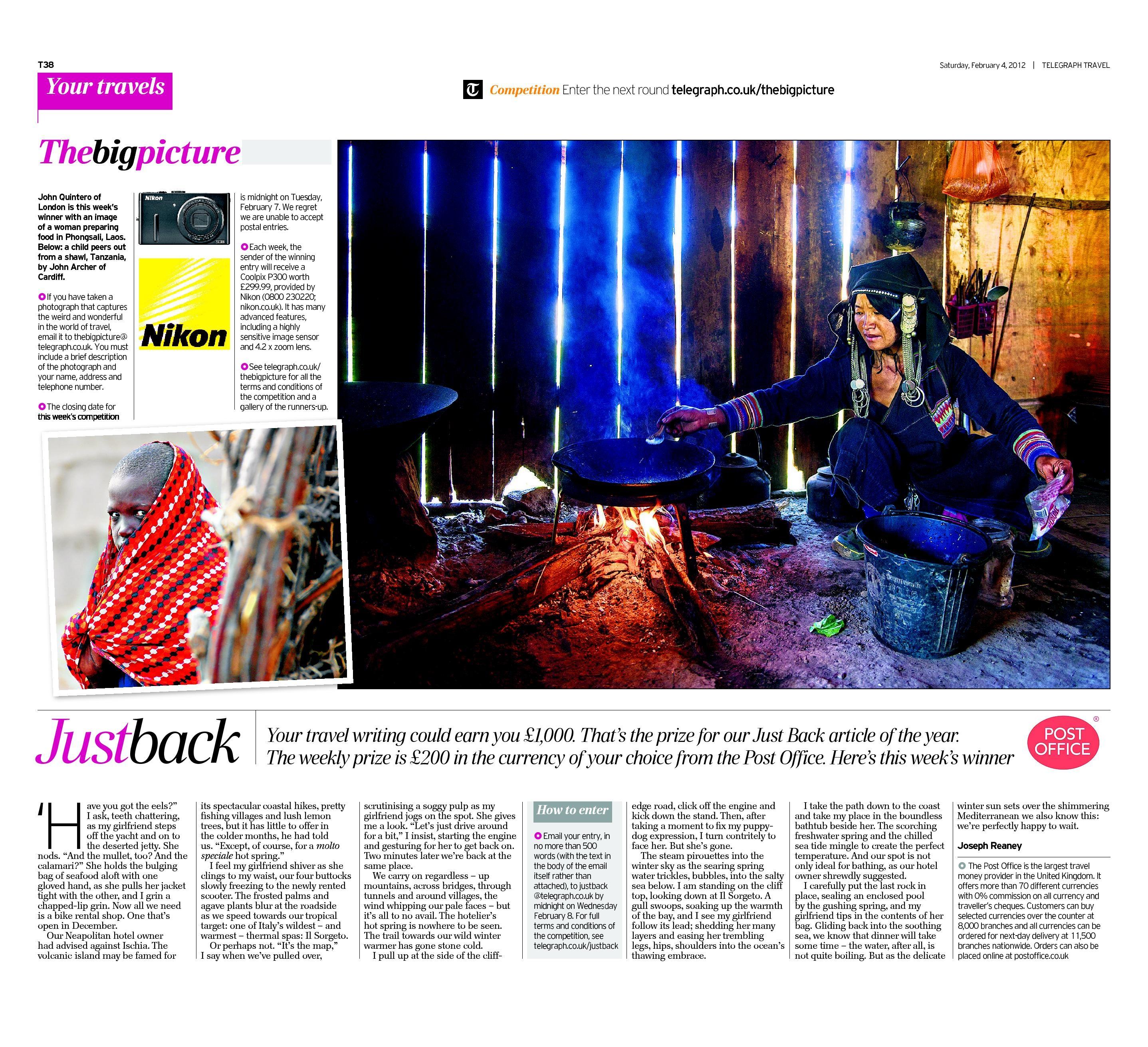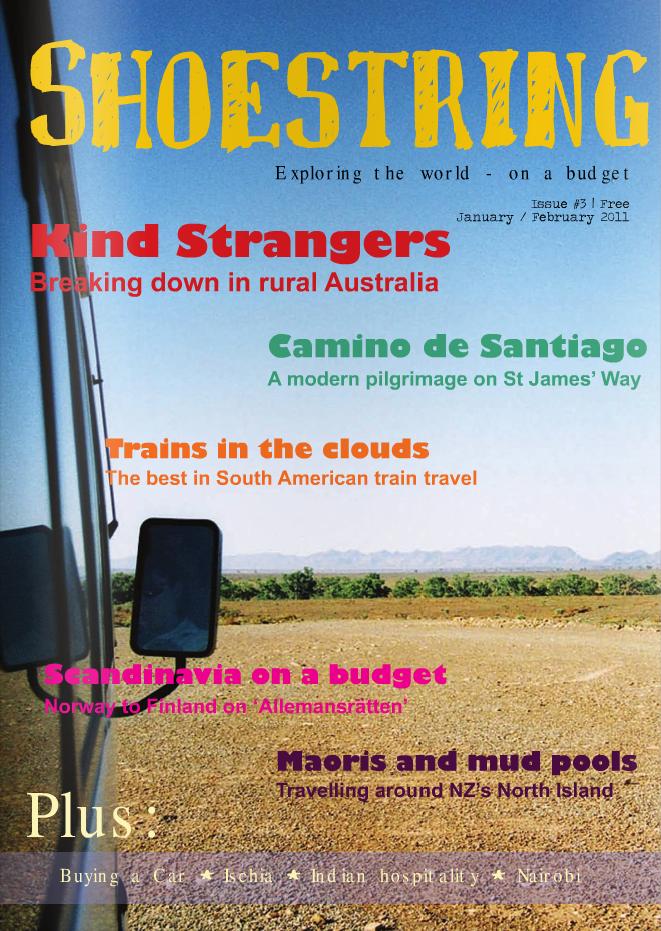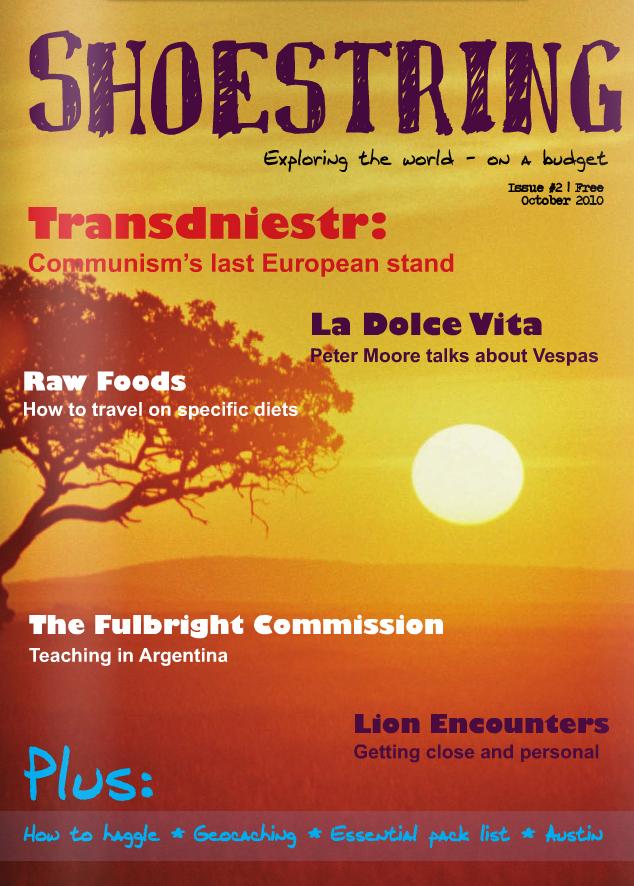 Often called “London’s most famous hotel,” The Savoy holds a special place in the heart of this great European city. Opened in 1889 as the first truly high-end hotel in Britain, The Savoy has been at the forefront of decadence ever since, having introduced a series of mod cons ranging from electric lighting to hot running water, en suite bathrooms to air-conditioning. Today, the hotel retains its ability to keep pace with modern luxury (every room boasts MP3 players and flat-screen TVs) while retaining the old-fashioned prestige and opulence that has seen figures ranging from Winston Churchill to Frank Sinatra pass through its famous revolving doors. The Savoy has been one of the world’s finest hotels for more than 120 years, and it’s a position it will maintain for many more years to come.
Often called “London’s most famous hotel,” The Savoy holds a special place in the heart of this great European city. Opened in 1889 as the first truly high-end hotel in Britain, The Savoy has been at the forefront of decadence ever since, having introduced a series of mod cons ranging from electric lighting to hot running water, en suite bathrooms to air-conditioning. Today, the hotel retains its ability to keep pace with modern luxury (every room boasts MP3 players and flat-screen TVs) while retaining the old-fashioned prestige and opulence that has seen figures ranging from Winston Churchill to Frank Sinatra pass through its famous revolving doors. The Savoy has been one of the world’s finest hotels for more than 120 years, and it’s a position it will maintain for many more years to come.
So says the introduction to my brand new Q&A piece on London’s Savoy hotel for Forbes Travel Guide/Startle.com. You will also find everything you need to know about its rooms, restaurants, location and unusual design aesthetic.
You can read the entire thing here. And later, keep a beady eye out for my hotel guides to other London giants including the Mandarin Oriental Hyde Park (and its lovely spa), The Goring and The Dorchester… coming soon.



